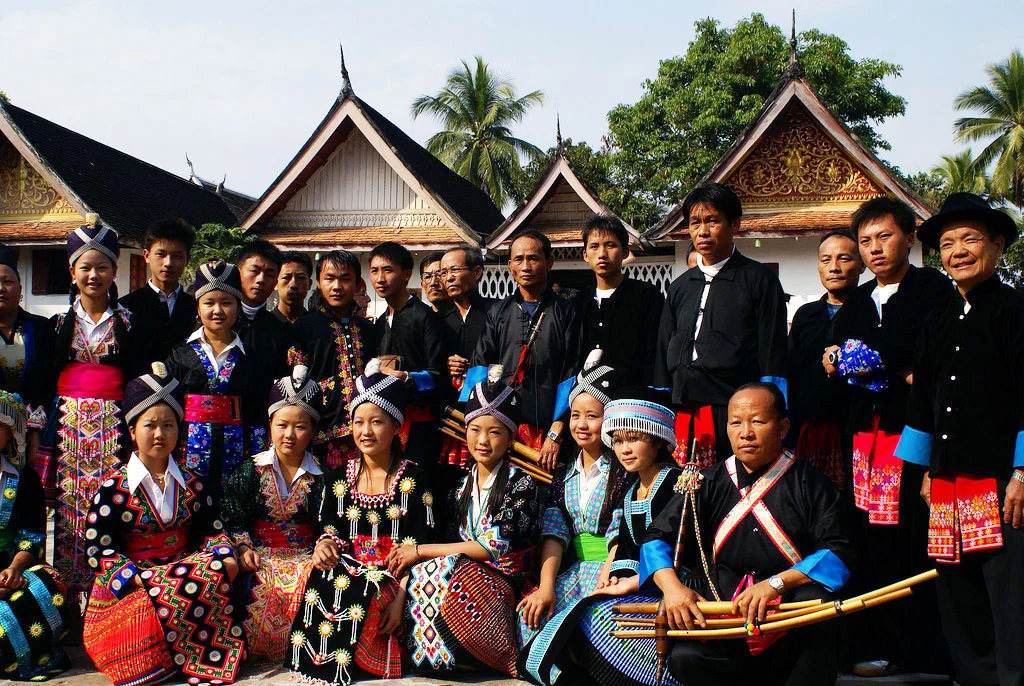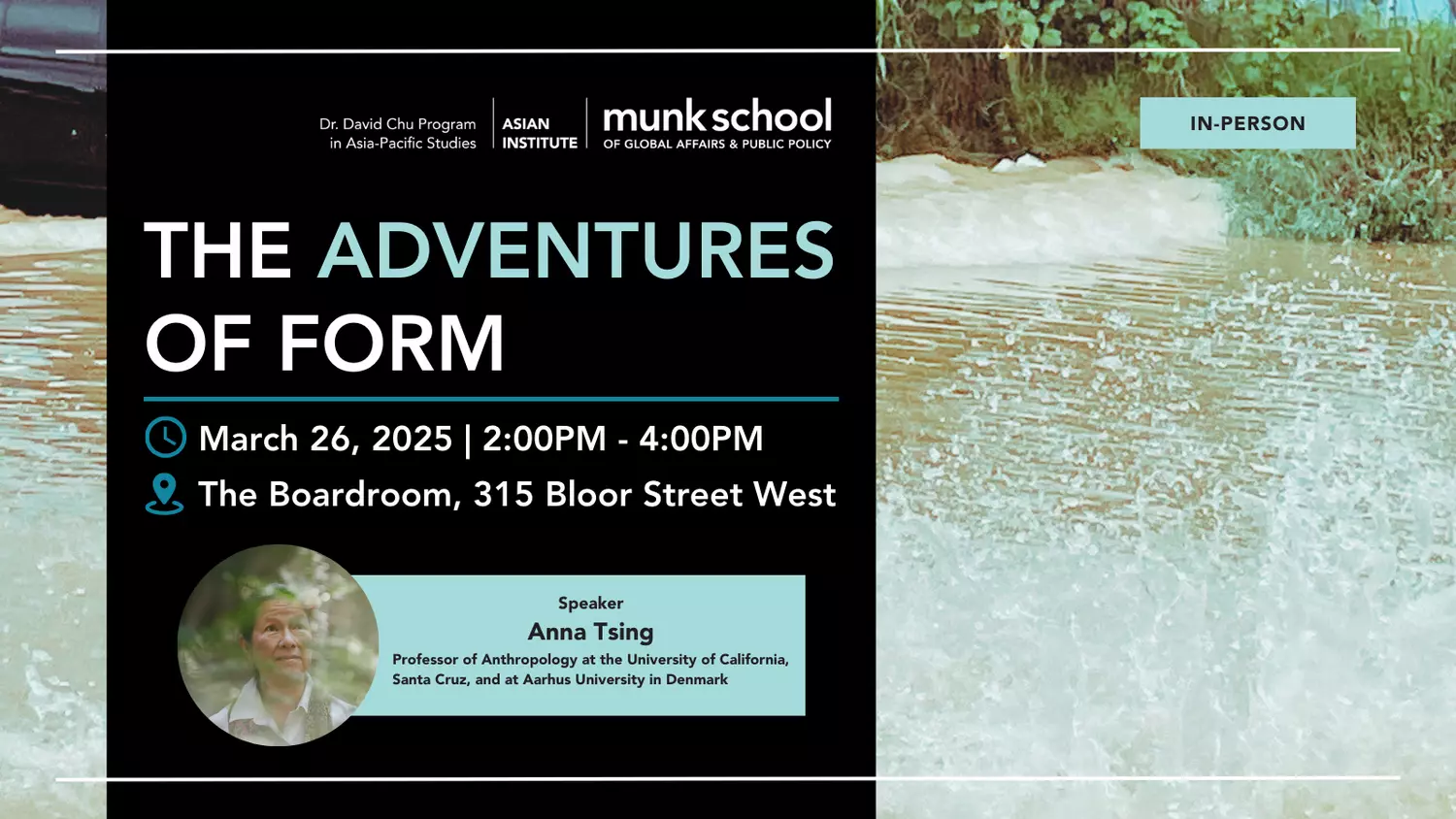“Metamorphoses: Archival Fictioning and the Historian’s Craft” was an event held at the Munk School of Global Affairs on December 6th, 2016. Sponsored by the Dr. David Chu Program in Asia Pacific Studies and co-sponsored by the Department of History and the Asian Institute, the talk featured the works of Carla Nappi, Associate Professor of History at the University of British Columbia. The talk featured a discussion on the practices of studying and telling history. Nappi’s work is diverse; however, her focus is in early modern science and medicine from Chinese natural history and Manchu translations of bodily gesture and sensation. She uses fiction and history to examine stories of moments of change, or metamorphoses. Professor Tong Lam from the Department of History at the University of Toronto moderated the talk, and the talk included both readings from Nappi’s fictional work and debate on the academic field of history.
Professor Nappi began by reading some of her own fictional short stories. The first story was about a severe flood that demolished a town and only left behind a boy who survived by hiding in a tree trunk. As the boy wandered and searched for other possible survivors, he eventually transformed into a map. This map wound up in the hands of villagers of a distant region and led them to discover the flooded town. Professor Nappi explained that this work arose from her experience viewing a fragment of an ancient map of China. The fragment included a small legend that indicated a village which had experienced a flood. This piece of the map became the starting point for Professor Nappi, who started to use archival material as inspiration for her own fictional works. For Professor Nappi, writing fiction became a way for her to bring various historical artifacts to life.
Professor Nappi continued with a reading from her upcoming project called “The Elizabeths”, a series of short stories that follow the character Elizabeth’s interactions with elements like fire, wood, or wind. For this series, Professor Nappi drew from several medical cases in The Casebook Project, a digital archive consisting of medical records by 17th century astrologers Simon Forman and Richard Napier. Four separate cases from the archive featured four women, all named Elizabeth. All the Elizabeths had various ailments related to a particular element, such as a burn due to fire or lung sickness due to wind. Professor Nappi wrote these stories as an experiment in conjectural historiography, which involves imagining and memorializing historians who never existed, but should have. The women in these cases could have provided fascinating evidence regarding the medical practices and diagnoses of the era, but their stories were lost in the fragments of their files that exist today.
Throughout this event, Professor Nappi continued alternating between reading short fictional works and explaining the historical documents from which she drew inspiration. In all her stories, the theme of transformation was prevalent. She explained that her focus on change was a part of her interest in exploring the materiality of objects or how we experience and interpret objects composed of physical matter and give meaning to them. Thus her projects in focusing on moments of change or translations, is a way of showing how objects change through human experiences. In this way, the telling of history and fictional stories as history is a process of understanding the changes that have occurred which result in the moment we live in now.
At the end of the event, audience members discussed Professor Nappi’s work, relating to the broader theme of the purpose of history and the historian. One member of the audience raised a point regarding whether the historian had a responsibility to speak for the characters in historical documents. In other words, the way that Professor Nappi reinterprets archival material for her own fictional work could be potentially problematized. In response to this, Professor Nappi stated that the role of the historian is to interpret the document but not speak for the people within, as one can never truly speak the voice and thoughts of another person regardless of how much research has been conducted. Ultimately, history is an interpretive practice rather than the practice of telling the truth in the voices of the past.
Fictional work can use history to tell alternative stories, which involve more authorial creativity. Professor Nappi emphasized this through her practice of using short fiction and prose poetry to analyze historical documents. She even argued that “misreading” historical documents is a method to live history and understand the world differently. Professor Nappi’s method of creative fiction combined with history is an innovative means for participants to understand the field, and it expands scholarly possibilities of how to study history.
Eden Lee is a 4th Year student majoring in International Relations and Contemporary Asian Studies. She is particularly interested in the East Asian region and its economic and security developments. She currently serves as an Event Reporter for Synergy’s East Asia Section.








